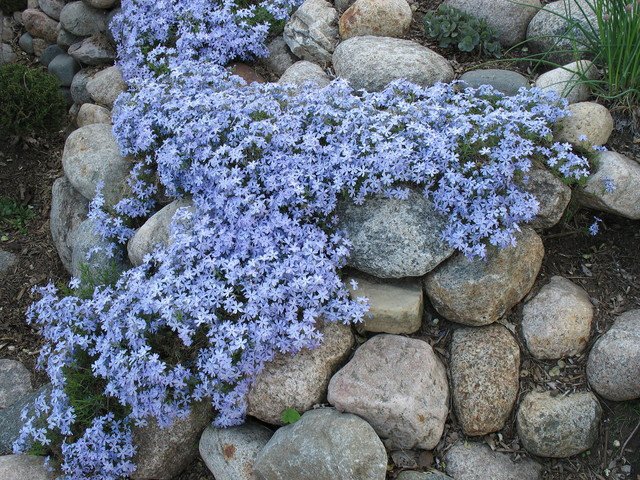If you want an eye-catching flowering plant in your garden that blooms for months at a time, plant phlox. This perky, long-lived perennial reliably lights up the summer garden. The plant’s flowers come in a wide range of colors, including white, red, pink, purple and coral. Many phlox are also fragrant, with the scent being strongest at night.
Phlox grows 2 to 4 feet tall and doesn’t require staking. The flowers attract butterflies and hummingbirds. When soil and location conditions are ideal, phlox will re-seed. To have luck growing phlox in your garden, keep the following growing tips in mind.

(Palmer W. Cook/Freeimages.com)
Provide full sun to part shade. Phlox do best with at least a half day of sun—with morning sun being best. Position them in a part of the garden where they receive bright light and good air circulation.
Plant in fertile soil. Phlox requires a rich soil that retains moisture yet drains well. Prior to planting, amend with homemade or bagged compost, including vermicompost. This will feed the soil and create airspace, which all plants require for healthy growth.
 (Paul Kempin/Freeimages.com)
(Paul Kempin/Freeimages.com)
Water regularly. Keep phlox plants moist but not soggy. Water every two or three days in the absence of rainfall. Avoid splashing water on foliage, as this can lead to fungal problems. If you will be doing overhead watering, do so early in the day so the leaves have a chance to dry off.
Fertilize often. Phlox do well when given regular doses of organic fertilizer designed for flowering plants, such as a 10-20-20. Feed the plants monthly during the growing season. When planting, use a starter fertilizer for flowering plants.

(Drouu/Freeimages.com)
Trim periodically. After flowering, cut the phlox back by one-third, which will promote quicker re-flowering. If the plants are looking bedraggled in late winter, cut them back at that time as well.
Propagate. Phlox can be divided in autumn or early spring. Dig the plants from the soil, making sure to preserve the roots. Use a sharp knife to cut through the center of each plant and through the roots. Replant each half. Repeat this process every two to three years, which will lead to healthier plants.
Julie Bawden-Davis is a garden writer and master gardener, who since 1985 has written for publications such as Organic Gardening, The American Gardener, Wildflower, Better Homes and Gardens and The Los Angeles Times. She is the author of seven books, including Reader’s Digest Flower Gardening, Fairy Gardening, The Strawberry Story Series, and Indoor Gardening the Organic Way, and is the founder of HealthyHouseplants.com.

